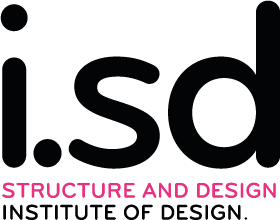EM1 Master Design Course
What if we think of a building as a reservoir of temporal state than a fixed entity, what if we design its potentials and abilities rather than its obvious performance?
We will not how explore future urban working conditions, emergent technologies and changing mobility systems will influence architecture – but contrary to that – we will design novel typologies and architectural spaces with an ability to trigger innovation, new ? We will understand innovation in a literal and rigorous way as a renewing process. How can we design innovative buildings, which are “novel” in terms of aesthetics and abilities? How does the idea of innovation change in a world of distributed intelligence and knowledge? Does “place” – the physical location to meet and exchange knowledge disappear and dissolve through means like AR and VR or will it be intensified?
The course will investigate the relation of generative process and structure. We will look at references such as the MatBuilding by the Smithsons which discussed the conflict between the control of the designer and adaptability and flexibility for the user. The mat building envisioned as a generative process: “Mat-buildings can said to epitomise the anonymous collective; where the functions come to enrich the fabric, and the individual gains new freedoms of action through a new and shuffled order, based on interconnection, close-knit pattern of association, and possibilities for growth, diminution, and change.” (The Smithsons, Mat-Building)
By revisiting the idea of mat, we will design buildings for an imaginative collective – we will replace its neutrality with deep and rich spaces. Still, we will keep its main features: the inclusion of the 4th dimension (time + future), its tendency towards transformation, its generative structure, its discussion of the relation of pattern (or code) and human association. We will increase its resolution and refine its scales and investigate its growing and transforming processes.

